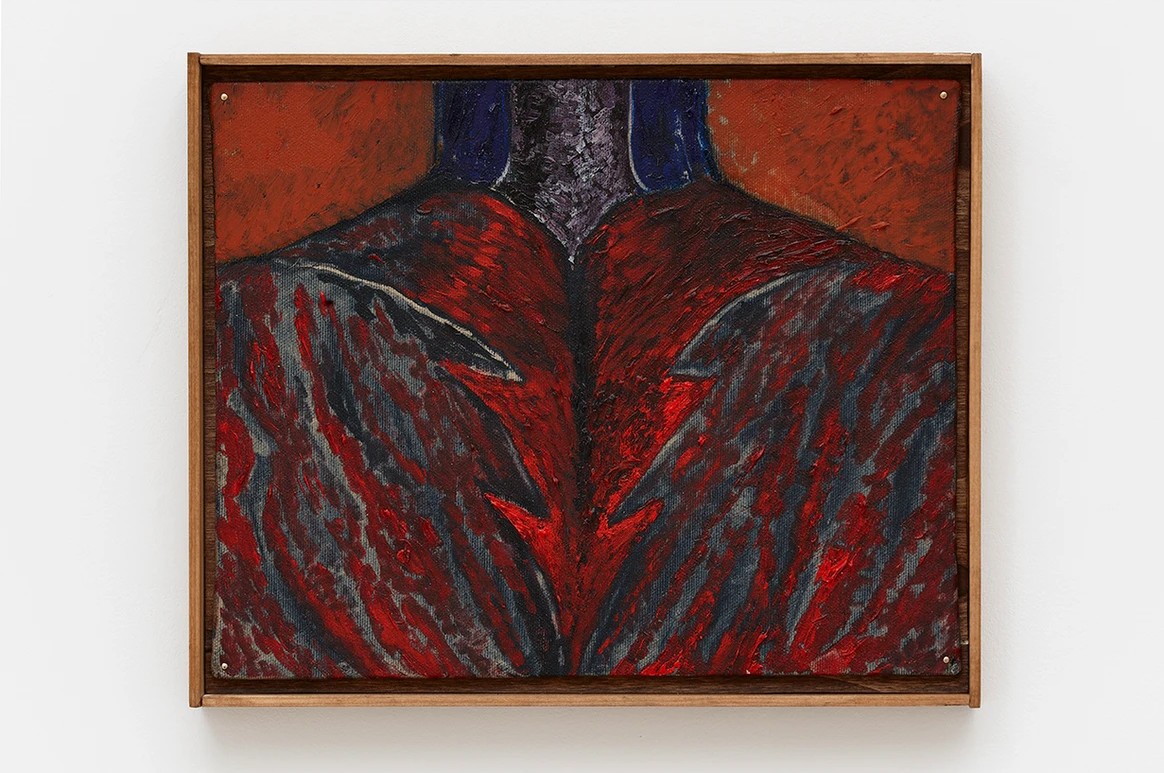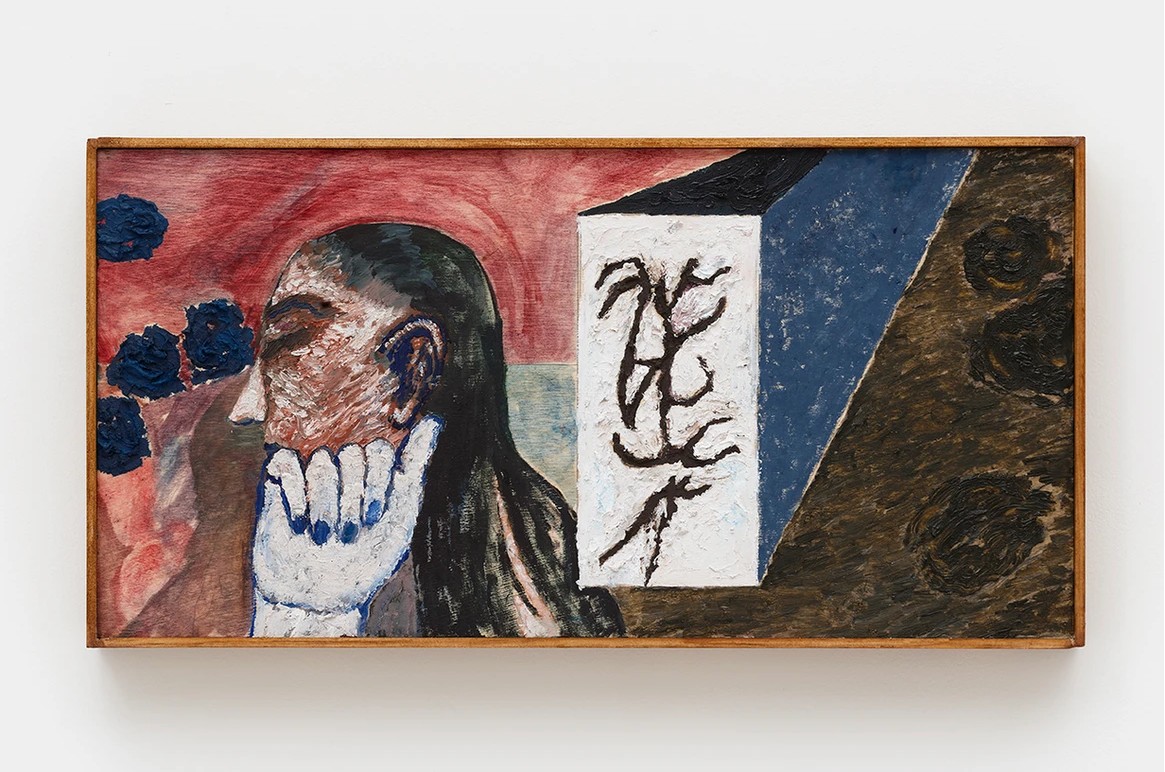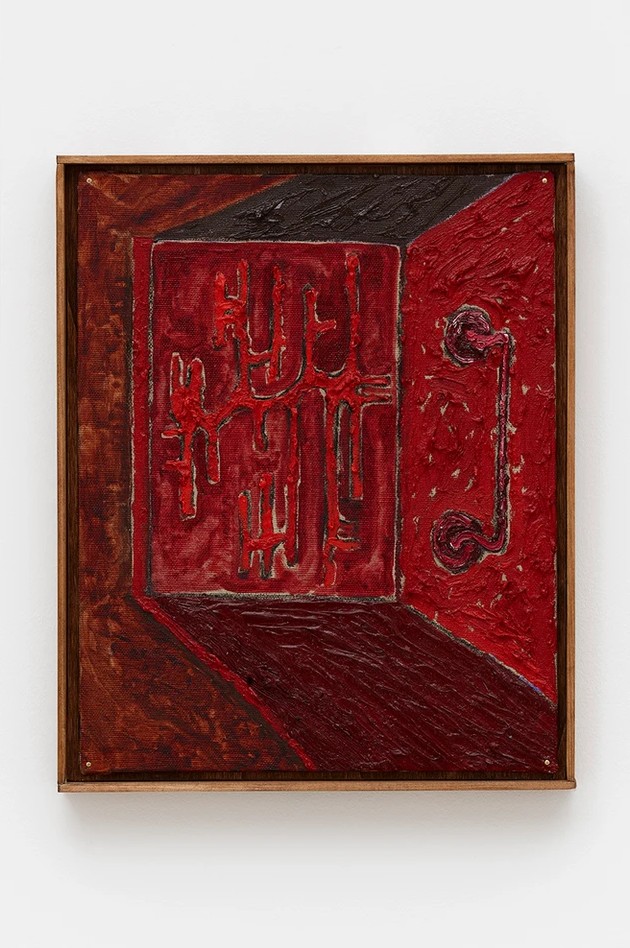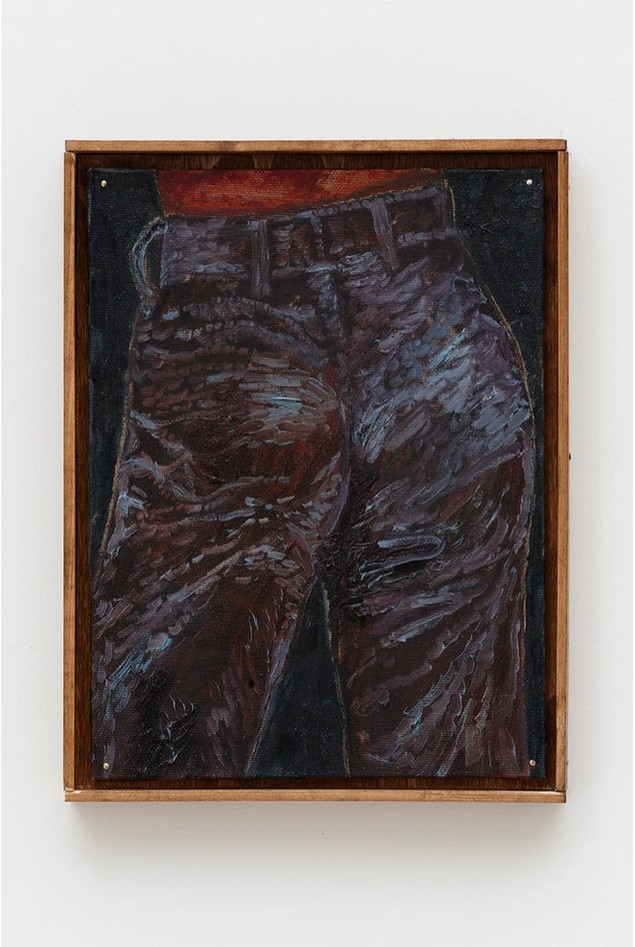Hannah Barry Gallery x Foolscap Editions, London
Editor
2025
Lo Brutto Stahl, Paris & Basel
Exhibition Text
2024
Hannah Barry Gallery x Foolscap Editions, London
Editor
2024
émergent, London
Interview
2024
DUVE, Berlin
Exhibition Text
2024
émergent, London
Interview
2024
Incubator, London
Exhibition Text
2023
QUEERCIRCLE, London
Exhibition Text
2023
L.U.P.O., Milan
Catalogue Essay
2023
Tarmac Press, Herne Bay
Catalogue Essay
2023
Brooke Bennington, London
Exhibition Text
2023
Freelands Foundation, London
Catalogue Essay
2023
superzoom, Paris
Exhibition Text
2023
Lichen Books, London
Catalogue Essay
2022
Tennis Elbow, New York
Exhibition Text
2022
These new works by Stevie Dix are urgent , expressing an immediate sense of personal revelation and drama. Composed of a body of small-scale paintings that speak to the effects of mental health on one’s family history and domestic surroundings, they invoke a living and lingering psychological presence. At once deeply intimate, reflecting the artist’s recent years spent living at her childhood home in Limburg, Belgium, these paintings draw from each of us a profound exposure to the fragility of human existence. Through the depiction of uncanny and eidetic vignettes, what they come to bear is a dark emotional realism, abstracted and attuned to the confluence of memory with the subconscious, the mundane with the fantastical, and the grave need to record the vulnerabilities of daily life despite the fleeting–and at times longing–desire to escape.
In contrast to Dix’s often hard-edged and vivid urban scenes, these new paintings foreground a mottled, earthly palette which envelopes a warm, yet eerie, psychological mood. Painted in Belgium over a number of cold winter months, they feature motifs common to Dix’s previous work, such as abstracted insignias that reference post-war Belgian crafts, elements of austere and alluring post-punk fashion, and enigmatic or withdrawn female figures. Contrary to their concrete-stomping cousins, these works focus on an ambiguous rural domestic setting, inferred through the presence of withering rose blooms, ghostly wooden door handles and rustic window frames, echoed in the self-made hardwood frames that enclose each picture. A milieu defined less by its industrial and youthful angst than by shadowy incursions of time, memory and place.
The weight and intensity of this atmosphere is felt not only through the thick strokes of oil paint that are so well known in Dix’s work—a direct and material expression of their emotional force—but through the visual compression of psychological and physical landscapes. Indeed, it is unclear whether we are at times within the domestic scene, or simply gravitating around it, immersed in a nocturnal world of dreams, forbidden doorways and claustrophobic shutters—where we do see the occasional window, all that follows is the dark night sky. This technique, in the words of André Breton, “to accentuate vividly the continuing relationship uniting the exterior world with the interior world,” imbues the paintings with a sincere and naked voice of introspection, calling forth themes of alienation, anomie and solitude alongside those of misrecognition, fantasy and desire.
This surreal language finds its vanishing point in the washed-out stains of canvas that wane and contrast their material heaviness, evoking a silent and existential withdrawal. These moments of erasure, contemplative and cathartic, establish the works in the here and now, as paintings concerned less with the legacies of the past than with the immediate reality of present. Deeply inspired by the painted diary of Charlotte Salomon, Life? or Theatre?, in which the German-Jewish artist documents the tragedies of her life and family history during the early 1940s, Dix’s work is marked by a similar desire to frame personal narratives within a universal silhouette of pathos, care and freedom. The kind of freedom that involves creative imagination, but also vulnerability, attention and awareness, of being truly able to care about other people and to sacrifice for them in small and unnoticeable ways, over and over, every single day.




émergent, London
Interview
2022
Guts Gallery, London
Exhibition Text
2021
Kupfer Projects, London
Exhibition Text
2021
Collective Ending, London
Catalogue Essay
2021
L21 Gallery S’Escorxador, Palma De Mallorca
Exhibition Text
2021
TJ Boulting, London
Exhibition Text
2021
Quench Gallery, Margate
Exhibition Text
2021
COEVAL, Berlin
Interview
2021
COEVAL, Berlin
Interview
2021
Foolscap Editions, London
Catalogue Essay
2020
Gentrified Underground, Zurich
Catalogue Essay
2020
Camberwell College of Arts, London
Exhibition Text
2019
Kronos Publishing, London
Editor
2019
Elam Publishing, London
Editor
2019
William Bennington Gallery, London
Catalogue Essay
2019
Elam Publishing, London
Catalogue Essay
2018
Camberwell College of Arts, London
Exhibition Text
2018
Limbo Limbo, London
Exhibition Text
2017
Saatchi Art & Music Magazine, London
Review
2017
B.A.E.S., London
Exhibition Text
2016